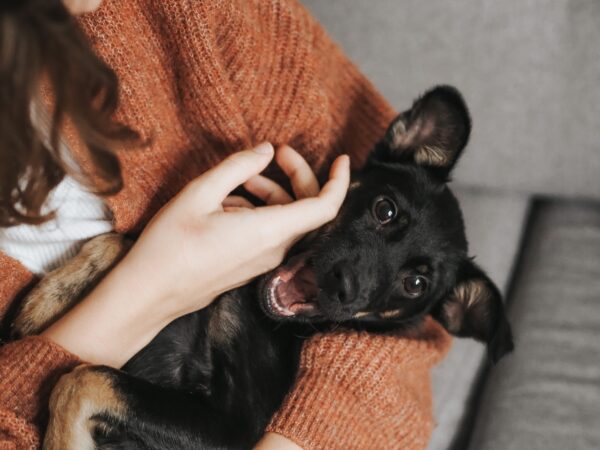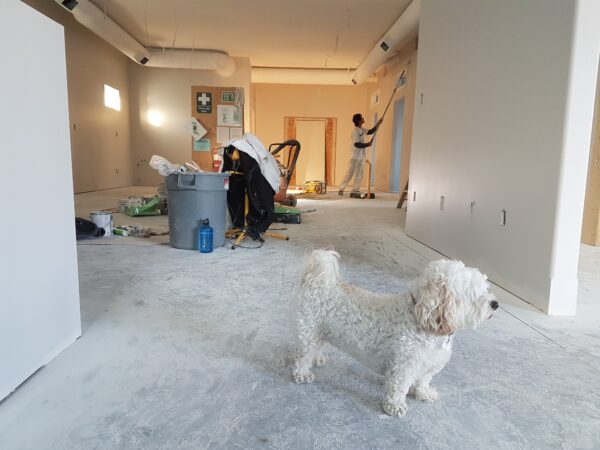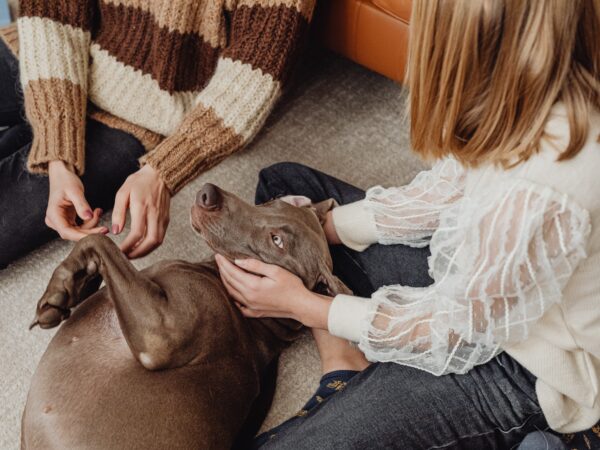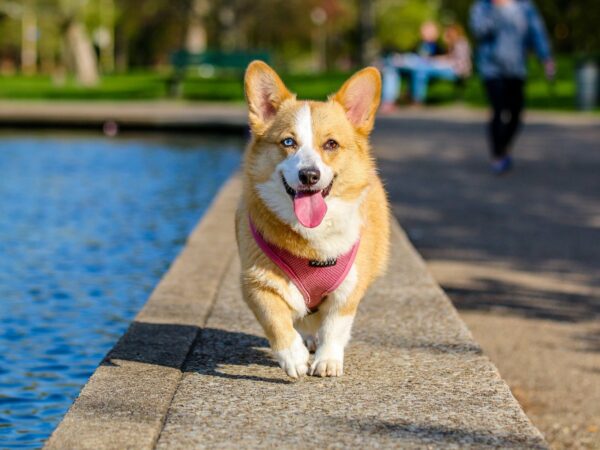Pet grooming plays a vital role in the overall health and wellbeing of your pet. Grooming not only keeps your pet looking and smelling their best. It also helps maintain their physical and mental health by reducing the risk of various infections, diseases, and behavioral issues. But, with so many different pet grooming tools and techniques available, it can be challenging to know where to start.
In this article, we’ll provide you with the ultimate guide to pet grooming, including tips and tricks for keeping your animal looking their best.
1. Importance of Pet Grooming
Regular pet grooming is essential to maintain your pet’s hygiene and health. It helps in preventing several skin, nail, fur, and ear infections that can make your pet sick, uncomfortable and unhappy.
Additionally, grooming sessions provide an excellent opportunity to bond with your pet, promoting a closer relationship between you two.
Here are some Important Reasons why you should Groom your Pet:
Reduce shedding: Regular brushing helps remove loose hair and dead skin cells, resulting in a cleaner coat and reduced shedding.
Skin and fur health: A proper grooming routine can help maintain healthy skin and fur by preventing matting, tangles, and other skin conditions.
Nail care: Overgrown nails can cause discomfort and even lead to mobility issues. Regular nail clipping prevents injuries and makes walking more comfortable.
Clean ears: The build-up of wax, dirt, and bacterial in your pet’s ears can result in unpleasant odor, inflammation, and infection. Regular ear cleaning will keep your pet happy and healthy.
Early detection of health issues: During your grooming sessions, you can check your pet for any lumps, bumps, or other potential health issues that may require veterinary attention.
2. Basic Pet Grooming Tools
Before you start grooming your pet, you’ll need the right tools. Here are some essential grooming tools that you’ll need to have:
Brush and Comb: There are various types of brushes and combs available, including slicker brushes, bristle brushes, and de-shedding tools. Choose the appropriate brush based on your pet’s coat type, length, and thickness.
Shampoo and Conditioner: Use a good quality pet shampoo and conditioner that suits your pet’s skin type. Never use human shampoo on your pet.
Nail Clippers: Invest in high-quality nail clippers with safety guards to avoid cutting into the quick (the blood supply to the nail).
Ear Cleaning Solution: Use a vet-recommended ear cleaning solution to keep your pet’s ears clean and infection-free.
Toothbrush and Toothpaste: Regular brushing of your pet’s teeth will prevent tartar build-up, gum disease, and other oral health issues.
3. Pet Grooming Tips
Now that you have the necessary grooming tools let’s look at some tips on how to groom your pet correctly:
Bathing
– Use lukewarm water to avoid chilling or burning your pet’s skin.
– Wet your pet’s fur thoroughly before applying shampoo.
– Apply shampoo on your pet’s coat and lather it up, but be cautious of your pet’s eyes, ears, and mouth.
– Rinse out the shampoo thoroughly until the water runs clear.
– Apply conditioner and rinse it out thoroughly.
– Dry your pet with a towel or a hairdryer on a low setting.
Brushing
– Brush your pet’s fur in the direction of hair growth.
– A slicker brush and a comb for long-haired pets to untangle mats and reduce shedding.
– Use a bristle brush for short-haired breeds.
– Use a de-shedding tool to remove loose undercoat hair.
Nail Clipping
– Prepare your pet by slowly and gently handling their paws.
– Clip nails one by one, making sure to avoid the quick.
– If you accidentally cut the quick and cause bleeding, apply a bit of styptic powder or cornstarch to stop the bleeding.
Ear Cleaning
– Use an ear cleaning solution on a cotton ball or a soft cloth.
– Gently wipe the inside of the earflap, ear canal, and the base of the ear.
– Use a dry cotton ball to remove any excess solution.
Tooth Cleaning
– Use a pet toothbrush and toothpaste to brush your pet’s teeth.
– Start brushing your pet’s teeth slowly and gently, gradually increasing the time and pressure.
– Reward your pet with a treat after brushing their teeth.
4. Special Considerations for Different Pets
Different types of pets have varying grooming needs, and it’s essential to take these needs into consideration when creating a grooming routine. Here are some additional tips based on the pet type:
Dogs
– Bathing intervals depend on your dog’s activity level and the type of coat. Some breeds need to be bathed every few weeks, while others can go six months without a bath.
– Daily or weekly brushing is needed for most dogs, while some breeds need to be brushed only when shedding heavily.
– Dogs with long hair generally require daily brushing and occasional trimming.
– Certain breeds require specific grooming techniques or tools. For example, poodles need their coats clipped every 6-8 weeks, and dogs with wrinkles, like bulldogs, need to have their folds cleaned and dried regularly.
– Keep your dog’s ears clean and dry to prevent infections.
– Brush your dog’s teeth regularly to prevent periodontal disease.
Cats
– Cats groom themselves multiple times a day and usually do not require bathing.
– Brush cats with long hair at least once a week to avoid matting.
– Trim your cat’s claws every 4-6 weeks.
– Clean your cat’s ears regularly with a vet-recommended solution.
– Use a cat-specific toothbrush and toothpaste to brush your cat’s teeth.
Small Mammals
– Rabbits should never be bathed as they are delicate and can go into shock. Instead, use a damp towel to clean their fur.
– Hamsters and guinea pigs do not require regular bathing, but their cages need to be kept clean.
– Trim your small mammal’s nails regularly to prevent them from growing too long.
– Brush your small mammal’s fur with a soft-bristled brush or comb to help maintain his coat.
Birds
– Different bird species have different grooming needs, but they all need regular bathing to keep their feathers clean and healthy.
– Birds can be bathed by misting them with water or spraying them with a misting bottle.
– Some birds need their feathers trimmed regularly to prevent flight.
– Clean your bird’s beak regularly to prevent overgrowth.
– Clip the bird’s toenails if they become too long.
Conclusion
Grooming your pet is an essential aspect of pet ownership that ensures the overall health and wellbeing of your furry friend.
Following the tips and tricks outlined in this article will help you create a grooming routine that suits your pet’s needs and promotes a healthy, happy pet.
Remember, grooming should be an enjoyable bonding experience for you and your pet, so be patient, gentle, and have fun!











